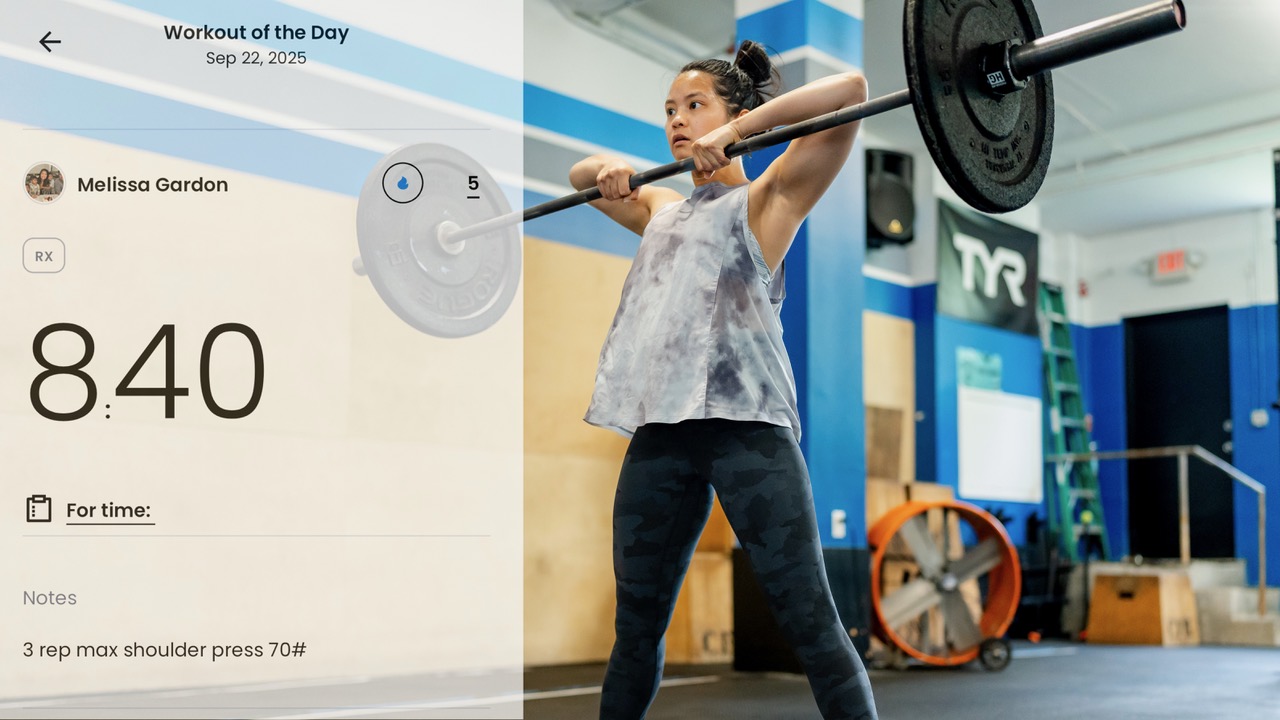Logging Your Workouts: Your Secret Weapon for Progress


Introduction
If you’re anything like me, you probably forget things quickly if you don’t write them down. That’s why logging workouts in the CrossFit Rockland app is such a game changer. Athletes who track their training consistently don’t just remember more—they progress more, and they stay healthier. Here’s why.
1. Write It Down, Make It Stick
There’s solid science behind the simple act of writing things down. Forbes highlighted research showing that putting goals on paper (or in an app) wires them deeper into your brain, making you more likely to achieve them [1]. Similarly, the U.S. National Library of Medicine notes that self-monitoring habits—like recording workouts—boost motivation and goal setting [2].
Anecdotally, I’ve seen this over and over: the folks who log their lifts, times, and reps are the ones who show up with clarity and purpose, and progress faster. A written record becomes a commitment, a little reminder every time you open the app: this is what I’m working toward.
2. Data Shows Your Progress (or Lack of It)
It’s easy to forget how far you’ve come until you see it in black and white. Tracking lets you celebrate wins—like realizing you’ve added 20 pounds to your squat since last year—or spot plateaus before they linger too long.
Business research echoes this truth. LivePlan reports that people who track metrics are almost twice as likely to reach their goals [3]. Harvard Business School adds that measuring and monitoring is essential for making better decisions [4]. The same applies to fitness: your logged data gives you evidence to keep pushing, adjust strategy, or ask for help from a coach.
Without records, you’re guessing. With them, you’re managing your progress like an athlete should.
3. Tracking Helps You Train Smarter, Not Harder
Workout logs aren’t just about chasing PRs—they’re about safety and longevity. Knowing your past numbers lets you scale wisely. Instead of loading the bar too heavy or picking the wrong dumbbell, you can glance at your last workout and set a smart target. That keeps you chasing the intended stimulus without overreaching.
CrossFit Flathead notes that failing to track often leads to injuries or burnout, while consistent logging supports safe, sustainable progress [5]. CrossFit.com also highlights how athlete data can refine programming and reduce risk by identifying red flags early [6].
Simply put: your history is a roadmap. It shows when to push for a new max and when to back off. It’s one of the easiest ways to avoid sidelining yourself with preventable injuries.
Conclusion: Build Your Story, One Log at a Time
At the end of the day, logging in the CrossFit Rockland app isn’t busywork—it’s your personal story of growth. It locks goals into memory, gives you hard data to guide your journey, and protects you from pushing past safe limits.
It only takes a minute after class, but over weeks and months it adds up to something powerful: proof of how far you’ve come, and guidance for where you’re headed. So keep stacking those logs, one WOD at a time. Your future self—and your coaches—will thank you.
Sources